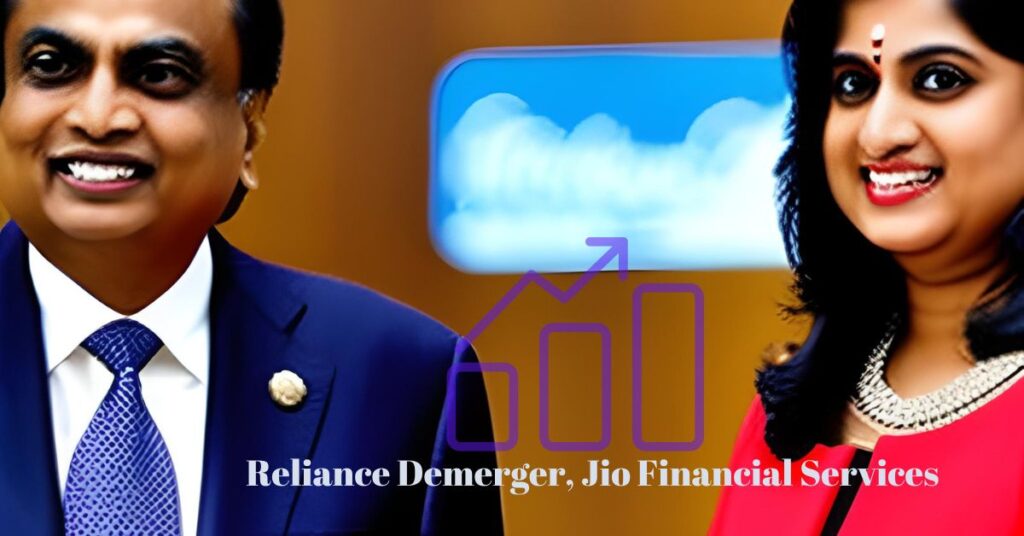Rail Vikas Nigam Limited (RVNL), a public sector undertaking (PSU) under the Ministry of Railways, presents a unique opportunity for investors as the government of India offers for sale (OFS) 5.36% stake in the company. The OFS is part of the government’s disinvestment program aimed at reducing the fiscal deficit. This article provides an in-depth analysis of the RVNL OFS, including key highlights, the floor price, issue size, and recent orders. Investors can seize this chance to be a part of India’s thriving rail infrastructure development. Read on to discover how this offering can be a game-changer in your investment portfolio.

Outline of the Article
- Introduction
- Key Highlights of the RVNL OFS
- Offer dates and timings
- Floor price and issue size
- Eligible investors
- Importance of the RVNL OFS
- Recent Orders and Projects
- Contract in Madhya Pradesh
- Contract in Delhi
- Dividend History of RVNL
- Why Invest in RVNL?
- Conclusion
- FAQs
Introduction
Rail Vikas Nigam Limited (RVNL) is a government-owned company responsible for executing railway infrastructure projects across India. As part of the government’s disinvestment strategy, a 5.36% stake in RVNL is being offered through an OFS. This presents a unique chance for investors to contribute to the growth of India’s rail network while also potentially benefiting from the company’s financial performance.
Key Highlights of the RVNL OFS
The RVNL OFS is scheduled to open on July 27, 2023, at 9:30 AM IST and close at 3:30 PM IST on the same day. The floor price for the offering has been set at Rs 119 per share, representing an 11.42% discount to RVNL’s closing price on the previous day. The total issue size is 63,801,615 shares.
During the first day of the OFS, only non-retail investors will be able to participate, while retail investors can participate on July 28, 2023. Non-retail investors who choose to carry forward their un-allotted bids can also participate on July 28, 2023.
Importance of the RVNL OFS
The RVNL OFS is a crucial step in the government’s disinvestment program. By divesting its stake in PSUs like RVNL, the government aims to raise funds to bridge the fiscal deficit. This move also opens up opportunities for private investors to invest in India’s growing rail sector.
Recent Orders and Projects
In recent months, RVNL has secured significant contracts for new railway projects. In May 2023, the company was awarded a contract worth Rs 1,200 crore to build a new railway line in Madhya Pradesh. This project reflects RVNL’s expertise in executing large-scale infrastructure ventures.
Additionally, in June 2023, RVNL was entrusted with the responsibility of building a new railway station in Delhi, valued at Rs 800 crore. These projects demonstrate RVNL’s continuous efforts to expand and modernize India’s railway network.
Dividend History of RVNL
RVNL has a commendable track record of paying dividends to its shareholders. Over the past five years, the company has consistently paid dividends ranging from 15% to 20% of its face value. In the financial year 2022-23, RVNL distributed a dividend of Rs 2.13 per share, providing attractive returns to its investors.
Why Invest in RVNL?
Investing in RVNL offers a unique opportunity to be part of India’s rail infrastructure development. As the government continues to focus on expanding and modernizing the railway network, RVNL is poised for further growth. Its track record of successful projects, coupled with the government’s commitment to the sector, makes it an appealing investment proposition.
Conclusion
The RVNL OFS represents an exciting opportunity for investors to participate in India’s rail infrastructure growth story. As the government offers 5.36% stake in RVNL through the OFS, investors have a chance to contribute to the development of the country’s railway network while potentially gaining from the company’s financial performance. With recent project wins and a solid dividend history, RVNL showcases its potential as an attractive investment option.
FAQs
- Who is eligible to participate in the RVNL OFS?
- Non-retail investors can participate on July 27, 2023, while retail investors can participate on July 28, 2023.
- What is the floor price for the RVNL OFS?
- The floor price for the offering is Rs 119 per share.
- What is the issue size of the RVNL OFS?
- The total issue size is 63,801,615 shares.
- Why is the government divesting its stake in RVNL?
- The government aims to raise funds for its disinvestment program to reduce the fiscal deficit.
- What recent projects has RVNL secured?
- RVNL has recently been awarded contracts to build a new railway line in Madhya Pradesh and a railway station in Delhi.














